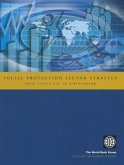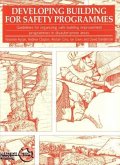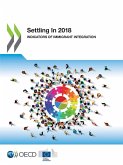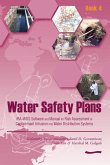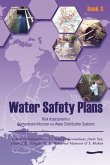The State of Social Safety Nets 2018 Report examines global trends in the social safety net/social assistance coverage, spending, and program performance based on the World Bank Atlas of Social Protection Indicators of Resilience and Equity (ASPIRE) updated database. The report documents the main social safety net programs that exist globally and their use to alleviate poverty and to build shared prosperity. The 2018 report expands on the 2015 edition, both in administrative and household survey data coverage. A distinct mark of this report is that, for the first time, it tells the story of what happens with SSN/SA programs spending and coverage over time, when the data allow us to do so. This 2018 edition also features two special themes - Social Assistance and Ageing, focusing on the role of old-age social pensions, and Adaptive Social Protection, focusing on what makes SSN systems/programs adaptive to various shocks.


